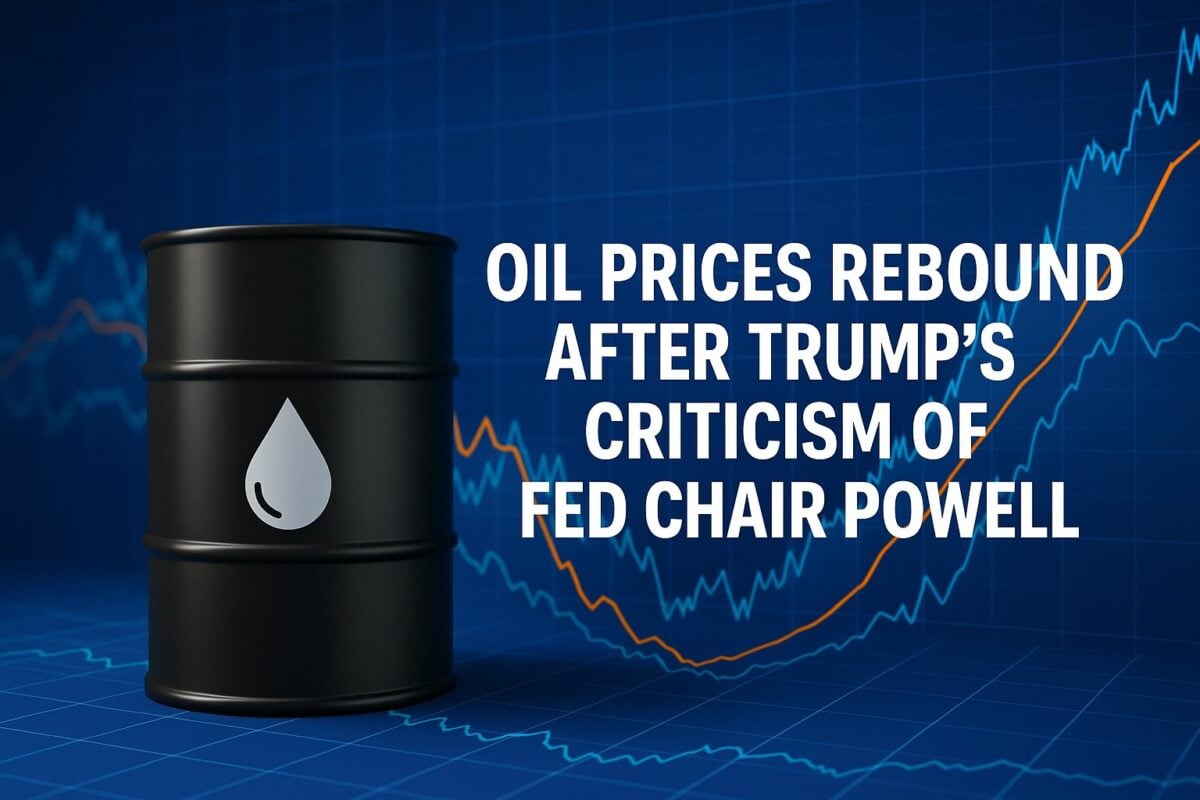
What Does Trade Value Mean? A Clear and Concise Explanation
Table of Contents
In the stock market, “trade value” refers to the total monetary value of a specific trade or transaction.
Simply put, it is calculated by multiplying the number of shares traded by the price per share at which the trade was executed.
Importantly, it is a vital metric for various reasons, including assessing market activity and liquidity. Let’s not forget about the overall health of a security or market.
Components
Number of shares traded: This is the total quantity of shares that were bought and sold in a particular transaction.
Price per share: This is the price at which each share was traded during the transaction.
What makes it so important?
One important question is, “What does it mean?” However, there are other important questions. For instance, “What makes it so important?” There are a number of factors we should consider.
Market liquidity: It helps in assessing the liquidity of a security. Higher exchange rates, by and large, demonstrate higher liquidity, meaning the stock can be traded effectively without causing huge cost changes.
Market activity: It provides insights into the activity level in a particular stock. It is worth mentioning that a high trade value suggests that there is significant interest and trading activity in the stock.
Price discovery: Interestingly, it contributes to the price discovery process in the market. It helps determine the fair market value of a security based on supply and demand dynamics.
Trading volume vs. trade value: While trading volume refers to the total number of shares traded during a specific period, it measures the monetary value of those trades.
Both metrics play an important role. However, they serve different purposes. Volume indicates the number of shares changing hands, while trade value shows the financial magnitude of the trades.
Applications
It is important to know: How are people using it?
Analysts and traders use it to evaluate the strength and momentum of market movements. Significant trade values, especially along with high trading volumes, can indicate strong investor interest and potential price trends.
Comparative analysis: Comparing the trade values of different securities can help investors identify where the market is placing its bets and which stocks attract more capital.
Risk management: Understanding trade value helps assess market liquidity and the potential impact of large trades on stock prices. As a reminder, this is very important for institutional investors who must manage their large orders’ market impact.
Different contexts
Now, let’s discuss how it can be used in the case of intraday trading.
It can be used to measure the intensity of trading activity within a single trading day. High intraday trade values can signal significant short-term interest and volatility.
Historical analysis: Analyzing historical trade values can provide insights into past market conditions and trends. This can help investors understand how a stock has reacted to different market events and conditions over time.
Cross-market comparisons: These can be used to compare the activity levels between different markets, such as the trade value of a stock on the New York Stock Exchange (NYSE) versus a foreign exchange.
Challenges
It isn’t immune from challenges.
Price changes: It alone doesn’t indicate whether the stock price is rising or falling. Put simply, it measures the total value of trades.
Doesn’t reflect individual trade sizes: High trade values can result from a few large trades or many small trades. Traders shouldn’t forget that it doesn’t provide information on the distribution of trade sizes.
Market sentiment: It is better to use it alongside other metrics, such as trading volume and market news, to get a comprehensive understanding of market sentiment.
To sum up, trade value is a fundamental concept in the stock market that measures the total monetary value of trades for a particular security. It plays a crucial role in assessing market liquidity, activity, and price discovery. While it is a valuable metric for traders and analysts, it should be used in conjunction with other data points to gain a comprehensive understanding of market dynamics.


